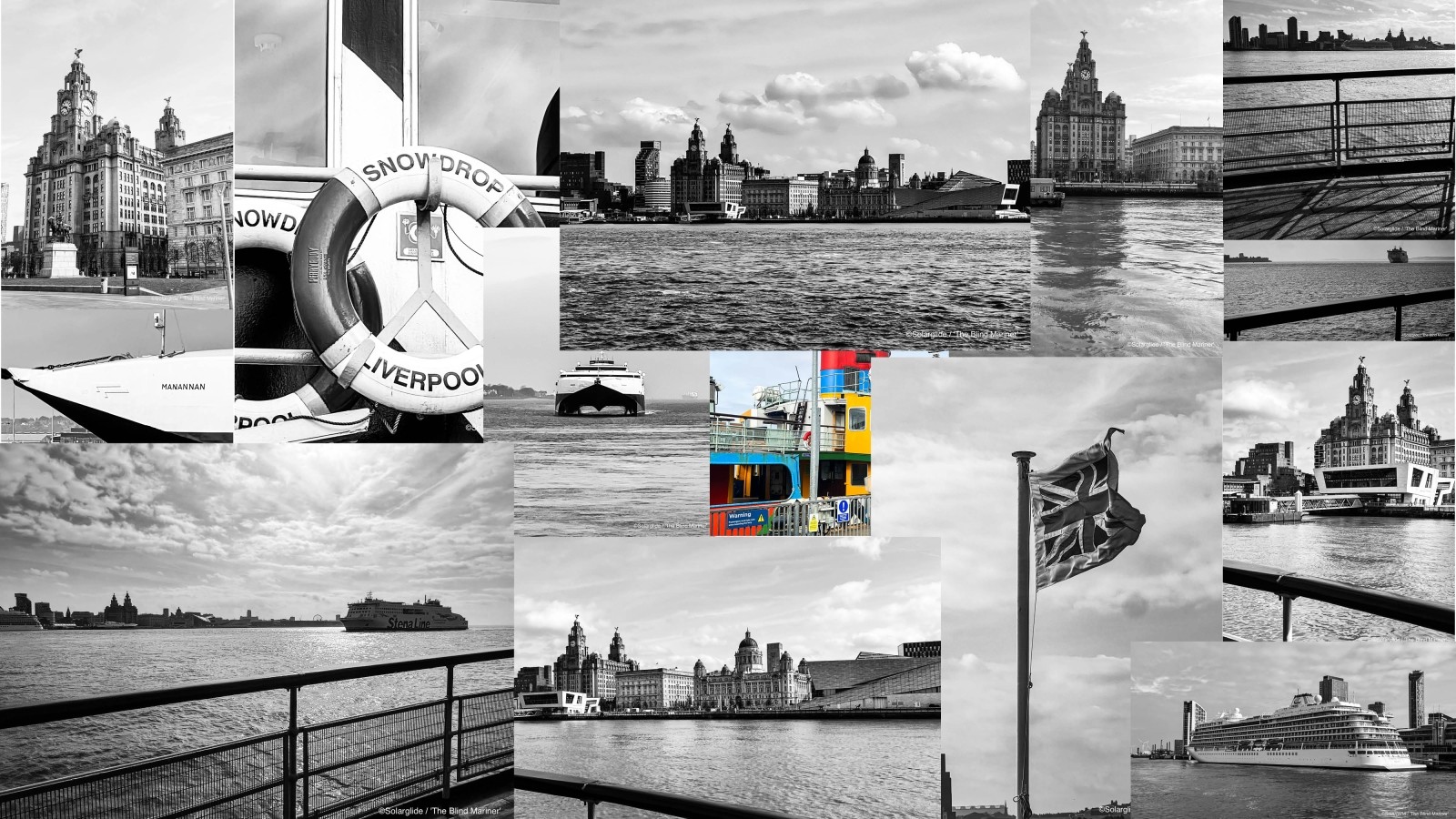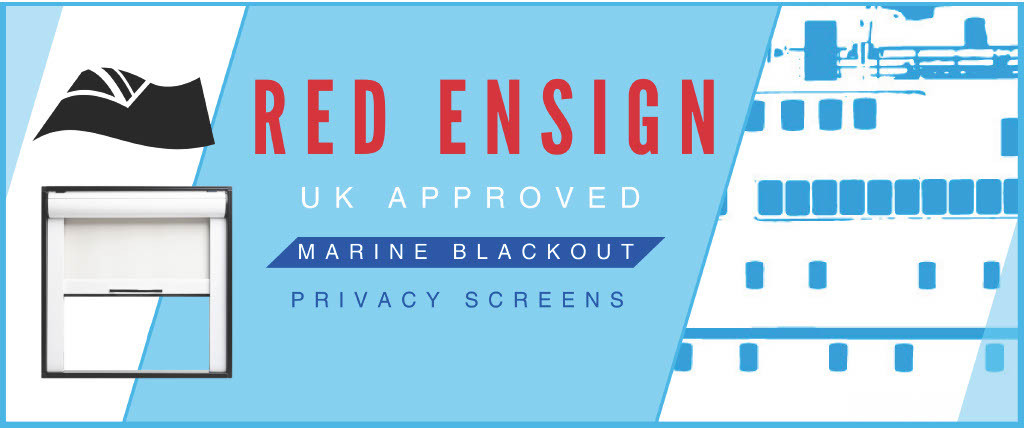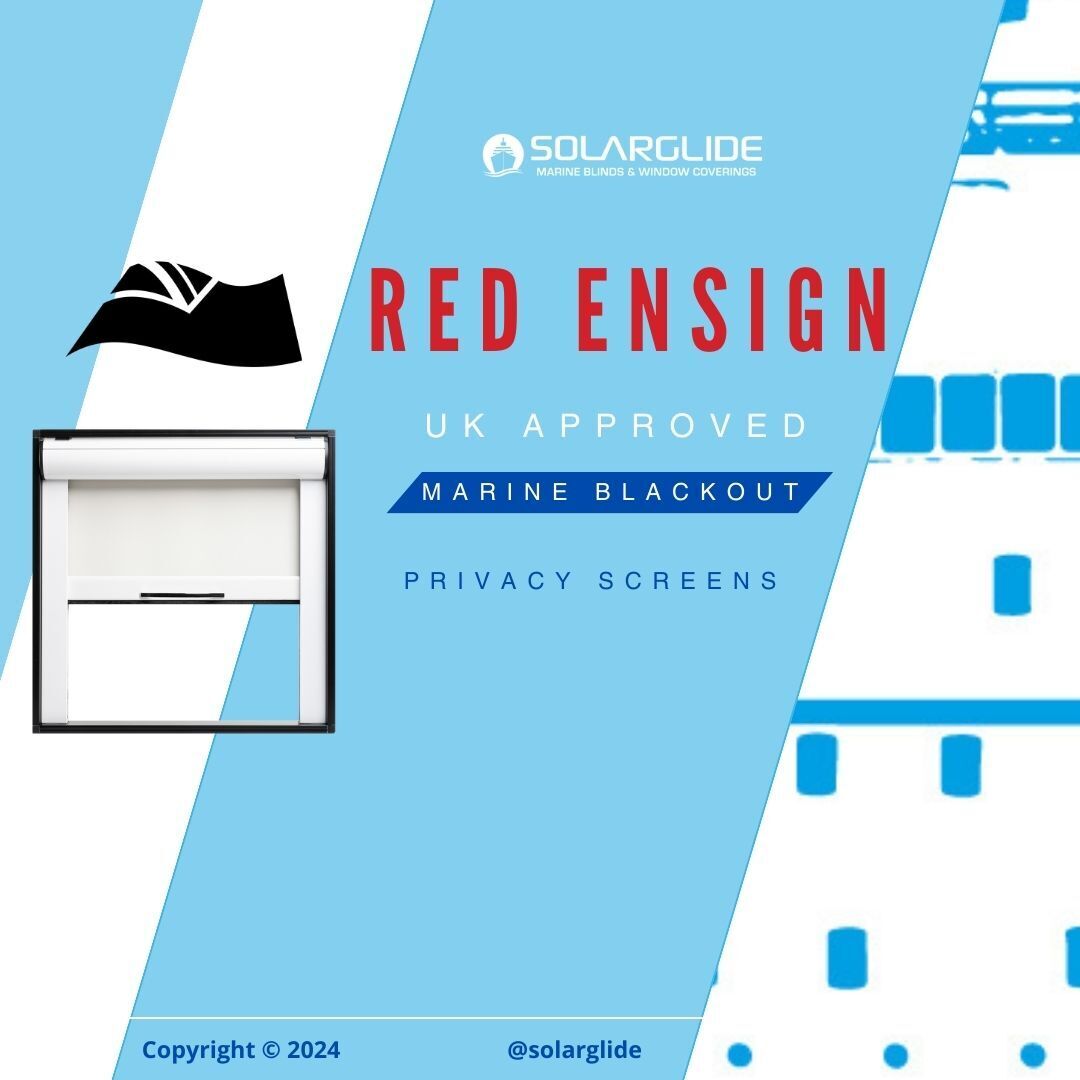A Brief History of Liverpool.
Hello there, please allow me to introduce myself. My name is ‘The Blind Mariner’ I hope you will join me on my maritime adventures !
My recent travels took me to the ever changing city of Liverpool. I boarded the Mersey Ferry ‘Snowdrop’ and set sail down Britain’s best known river, which ancient people christened ‘Mersey’, meaning boundry.
Pre-modern Liverpool housed a small community of fisherman, this early community clustered around a bridge at the town end, near a site named The Picton Library, museum and Art gallery complex. This is the oldest part of Liverpool and was the exact location of the fore mentioned fisherman’s huts and community. Unfortunately, by the time of William the Conquerer’s ‘Doomsday Book’ survey, the area did not gain a mention and deemed too insignificant to count !
The fisherman however, kept on with their business as they have been doing for centuries – unbeknown to them, that momentous changes were taking place in England under Norman rule.
Middle Ages
In 1150, a Benedictine Monastery was founded on a remote wooded hedland in between wallasey and Trammere pools named Birkenhead. The Monastery was granted the right to run a ferry service and Liverpool’s fisherman community soon became familiar with the monks operating the early ‘Ferry across The Mersey’
Around 1207, King John founded the port of Liverpool. The english had recently conquered Ireland and King John needed another port to send men and supplies across the Irish sea.
Civil War
In the 16th Century, Ireland was still Liverpool’s main trading partner. Exports from Liverpool at that time included coal, woollen cloth, knives and leather goods. There were still many fisherman in Liverpool. In 1642 the Civil War between king and parliament began. At first, Liverpool was in royalist hands, but in May 1643, Parliament soldiers took the town on June 1644. Prince Rupert led a royalist army to try and re-capture Liverpool. Prince Rupert described the town as a “mere crows nest which a parcel of boys could take” . The royalist began their attack on Liverpool. At first, attacks were repulsed, but the Parliamentary troops left by sea, leaving the people of Liverpool to defend their homes and fishing villages. The royalists attacked Liverpool relentlessly and many were killed, eventually sacking Liverpool. It would only be a matter of weeks before the power struggle would change hands again, royalists lost the battle of Marston Moor, resulting in loosing the whole of North England, including Liverpool.
‘Slave Trade’
Between 1700 and 1807, ships from Liverpool carried around 1.5 Million Africans across the Atlantic ocean in conditions of immense cruelty. The trade operated as a triangular basis. Merchants fitted out and supplied their ships in Liverpool. The ships carried goods to west Africa including textiles, firearms, alcohol, bread and cowries shells . On arrival at the coast, captains bartered and sold these goods for Africans. The voyage across the Atlantic could take up to six or eight weeks, and many Africans died. Many Africans revolted and resisted enslavement and this was documented as regular occurrence. The reason for Liverpool’s control of the trade are varied. It’s geographical position meant that merchants had easy access to the goods that they would sell in Africa. It is worth noting here that the Transatlantic slave trade was abolished in the United states from 1st January 1808. However, some slaving continued on an illegal basis for the next fifty years.
At the end of the 18th Century sea bathing became fashionable among the upper class in England. In the early 19th Century many people took to sea bathing on the beach, northwest of Liverpool, but in time newly built docks encroached the beach. Meanwhile in 1802 ‘Harthill’ Botanic Gardens were laid out. By the 1800s many new docks where built and by the middle of the century, Liverpool was second only to London, however, like most towns in the 19th Century, Liverpool was unsanitary. In 1832 there was a cholera epidemic in Liverpool. Another epidemic followed in 1849.
In the early 20th Century a number of notable buildings were erected in Liverpool. The Tower building was built in 1908. In 1910, three of the most famous buildings in Liverpool were built on the site of St George’s Dock, which has since been land filled. The Liver building was built in 1911. The Cunard building in 1916. The Port of Liverpool Building was also built at this time. The Lady Lever Art Gallery opened in 1922
World War 1
More than 13,000 Liverpudians died in World War I. In 1921 a memorial was erected outside the Cunard Building to all the Cunard employees who died in the war. In 1928 a survey showed 14% of the population of Liverpool were living in poverty. Overcrowding was common, as was slum housing, furthermore, Liverpool suffered a great depression of the 1930s and up to a third of men of working age were unemployed. A result of Liverpool’s social problems was the Toxteth riots of 1981. However, there were some hopeful signs and Liverpool still remained a very important port, due to it’s position in the North West. Liverpool is still the main port of trading with North America. In 1980 Albert Dock was redeveloped and has now turned into an area of redevelopment with shops, bars and restaurants.
For more information on our Vlog Series : Solarglide Vlog Series





